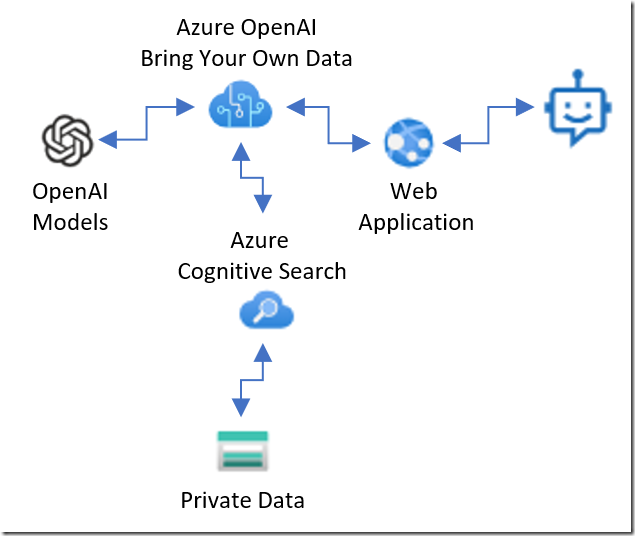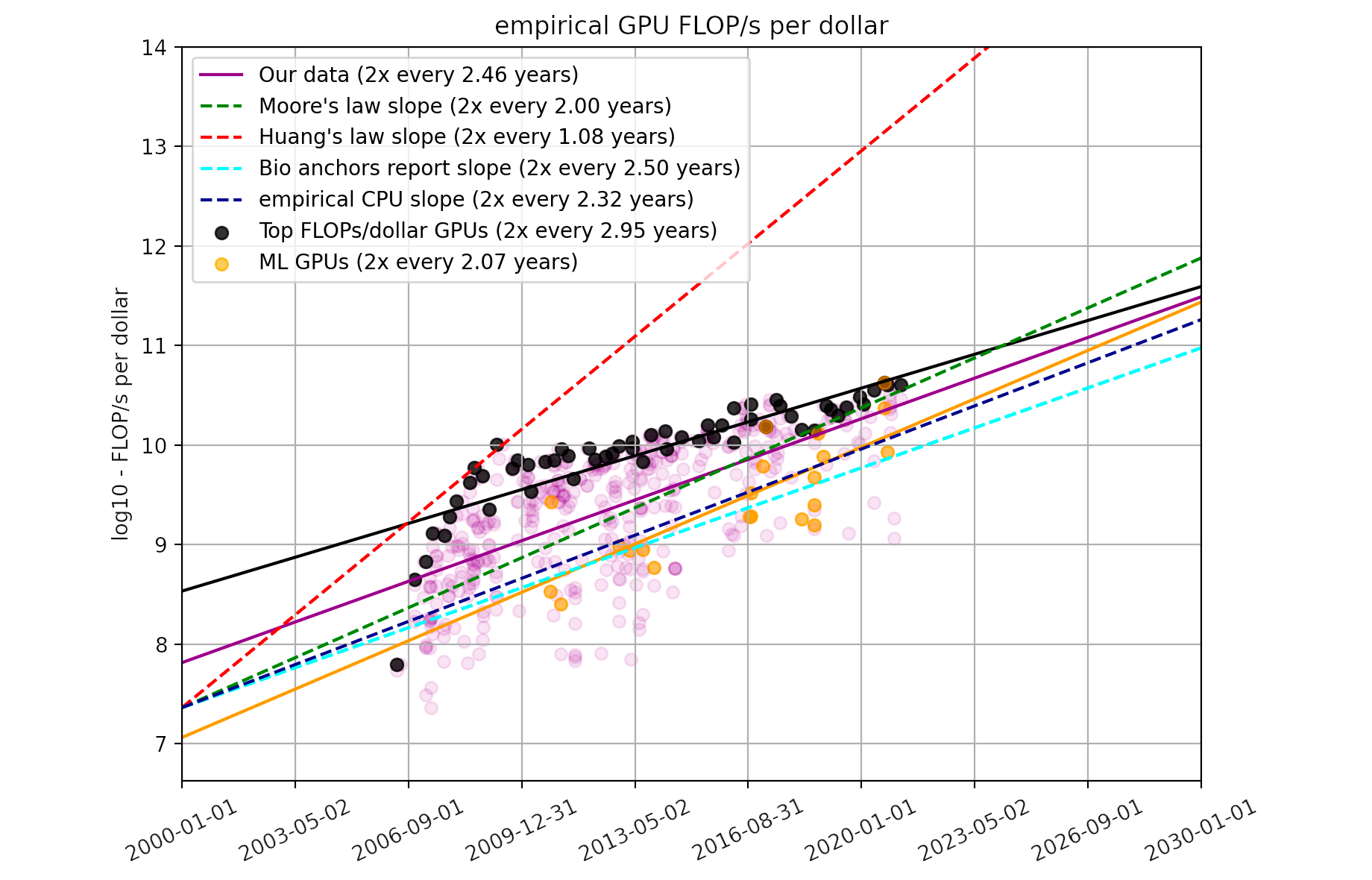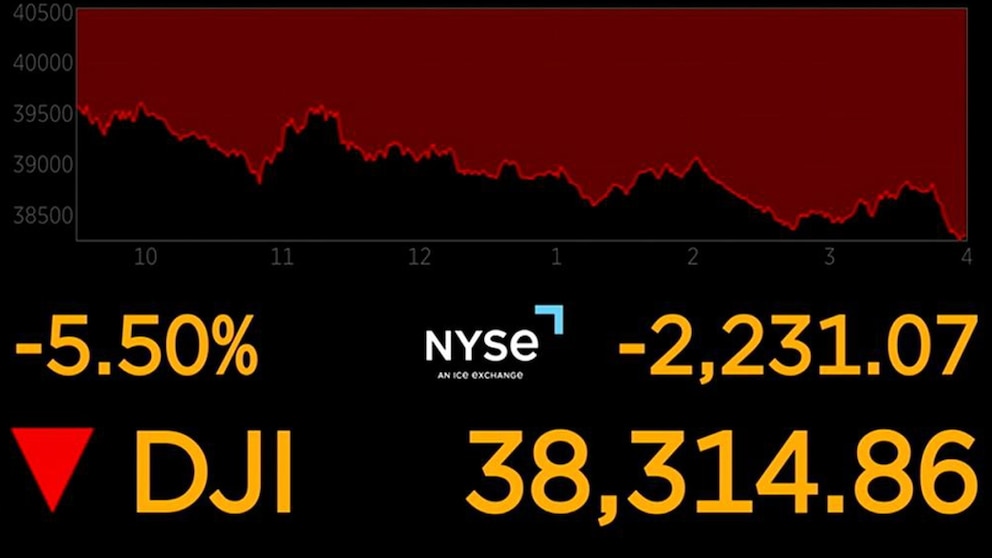GPU Prices: Factors Contributing To The Current Market

Table of Contents
The Impact of Cryptocurrency Mining on GPU Prices
The relationship between cryptocurrency mining and GPU prices is undeniable. For years, particularly during the Ethereum mining boom, the demand for high-performance GPUs skyrocketed. Miners, seeking to maximize their cryptocurrency yields, purchased GPUs in bulk, leading to significant shortages for gamers and other consumers. The profitability of mining directly impacts GPU purchasing behavior. When cryptocurrency prices are high and mining is lucrative, the demand for GPUs explodes, driving up prices. Conversely, a downturn in cryptocurrency markets often leads to a decrease in mining activity and subsequently, a reduction in GPU demand.
- Increased demand from miners leads to shortages: Miners often prioritize purchasing the most powerful GPUs, leaving less stock for the general public.
- Miners often purchase high-end GPUs, impacting availability for other consumers: This creates a significant bottleneck in the supply chain, particularly for high-end models.
- Changes in cryptocurrency regulations and mining profitability directly affect GPU prices: Government regulations on cryptocurrency mining, along with changes in mining difficulty and cryptocurrency value, can cause drastic swings in GPU demand and pricing. The shift away from Ethereum mining with the merge has had a significant impact on GPU prices in recent times.
Global Chip Shortages and Supply Chain Disruptions
The global semiconductor shortage, a crisis that has impacted numerous industries, has significantly exacerbated the challenges in the GPU market. This shortage stems from a confluence of factors, including increased demand, factory closures, logistical bottlenecks, and the complex global supply chain. The production of GPUs, like other semiconductors, relies on a vast network of suppliers and manufacturers, and disruptions at any point in this chain can cause delays and shortages.
- Increased lead times for GPU manufacturing: Manufacturing GPUs now takes significantly longer due to shortages of raw materials and components.
- Reduced production capacity leading to lower supply: Factory closures and production disruptions have reduced the overall capacity to manufacture GPUs.
- Increased costs associated with raw materials and logistics: The scarcity of raw materials and increased transportation costs further inflate the price of finished GPUs.
The Role of Inflation and Economic Factors
Economic factors play a substantial role in shaping GPU prices. Inflation, impacting the cost of raw materials, manufacturing, and transportation, directly translates to higher GPU prices. During economic downturns, consumers tend to cut back on discretionary spending, including purchases of high-priced electronics like GPUs. Currency fluctuations and import/export costs also influence the final price a consumer pays.
- Reduced consumer purchasing power during economic downturns: As consumers face economic hardship, they are less likely to invest in expensive, non-essential items like GPUs.
- Increased costs of raw materials due to inflation impacting GPU manufacturing costs: Inflationary pressures increase the cost of producing GPUs, leading to higher prices for consumers.
- Impact of global economic uncertainty on market stability: Global economic instability creates uncertainty in the market, leading to price volatility and impacting consumer confidence.
Demand from Gamers and Professionals
The insatiable appetite for high-performance GPUs is fueled by several key drivers. The release of new games with demanding graphics requirements, advancements in technologies like ray tracing, and the burgeoning field of professional applications (AI, machine learning, data science) all contribute to robust demand. Enthusiast gamers and professionals alike compete for the latest and most powerful GPUs, further intensifying the pressure on pricing.
- High-demand for top-tier GPUs for gaming and professional use: The most powerful GPUs are always in high demand from both gamers seeking the best possible visual experience and professionals who need them for computationally intensive tasks.
- New technologies and game releases increase the demand for more powerful GPUs: Each new generation of games and graphics technologies pushes the boundaries of what GPUs are capable of, creating constant demand for more powerful hardware.
- The professional market’s demand for GPUs for AI and machine learning is growing: The increasing use of AI and machine learning in various fields is driving up the demand for high-performance GPUs capable of handling massive computational workloads.
Scalpers and Market Speculation
The presence of scalpers significantly impacts GPU prices. These individuals purchase large quantities of GPUs, often utilizing bots and automated systems, to resell them at inflated prices on online marketplaces. This artificial scarcity further drives up prices beyond what would be dictated by supply and demand alone. Combating scalping presents a significant challenge, requiring a multi-faceted approach involving manufacturers, retailers, and online marketplaces.
- Scalpers purchasing large quantities of GPUs to resell at higher prices: Scalpers exploit high demand to create artificial scarcity and profit from inflated prices.
- Increased prices due to artificial scarcity created by scalping activities: Scalping activities directly contribute to the high cost of GPUs for legitimate consumers.
- Challenges in combating scalping and its impact on market stability: Efforts to curb scalping are ongoing, but the issue remains a significant challenge impacting market stability.
Conclusion: Navigating the Current GPU Price Landscape
The current GPU price landscape is a complex interplay of cryptocurrency mining, global chip shortages, inflation, high demand from gamers and professionals, and the activities of scalpers. Understanding these factors is essential for navigating this dynamic market. While there's no magic bullet for immediately securing a GPU at a bargain price, patience, diligent price research, and an awareness of market trends can significantly improve your chances. Stay informed about the latest developments affecting GPU prices and make informed purchasing decisions. For up-to-date pricing information, consider checking reputable price comparison websites and tech news sources.

Featured Posts
-
 Solid State Power Bank Technology Kuxiu Leads The Charge
Apr 28, 2025
Solid State Power Bank Technology Kuxiu Leads The Charge
Apr 28, 2025 -
 Covid 19 Pandemic Lab Owner Pleads Guilty To Fraudulent Testing
Apr 28, 2025
Covid 19 Pandemic Lab Owner Pleads Guilty To Fraudulent Testing
Apr 28, 2025 -
 Ftc Probes Open Ai Implications For Ai And Data Privacy
Apr 28, 2025
Ftc Probes Open Ai Implications For Ai And Data Privacy
Apr 28, 2025 -
 Gpu Price Increases Causes And Potential Solutions
Apr 28, 2025
Gpu Price Increases Causes And Potential Solutions
Apr 28, 2025 -
 2000 Yankees Diary Posadas Homer Silences The Royals
Apr 28, 2025
2000 Yankees Diary Posadas Homer Silences The Royals
Apr 28, 2025
Latest Posts
-
 2000 Yankees Diary Posadas Homer Silences The Royals
Apr 28, 2025
2000 Yankees Diary Posadas Homer Silences The Royals
Apr 28, 2025 -
 70 Off Hudsons Bays Final Store Closing Sale
Apr 28, 2025
70 Off Hudsons Bays Final Store Closing Sale
Apr 28, 2025 -
 Alberta Feels The Impact Dow Project Delay And Tariff Fallout
Apr 28, 2025
Alberta Feels The Impact Dow Project Delay And Tariff Fallout
Apr 28, 2025 -
 Hudsons Bay Liquidation Find Deep Discounts Now
Apr 28, 2025
Hudsons Bay Liquidation Find Deep Discounts Now
Apr 28, 2025 -
 Dows 9 B Alberta Project Delayed Collateral Damage From Tariffs
Apr 28, 2025
Dows 9 B Alberta Project Delayed Collateral Damage From Tariffs
Apr 28, 2025
